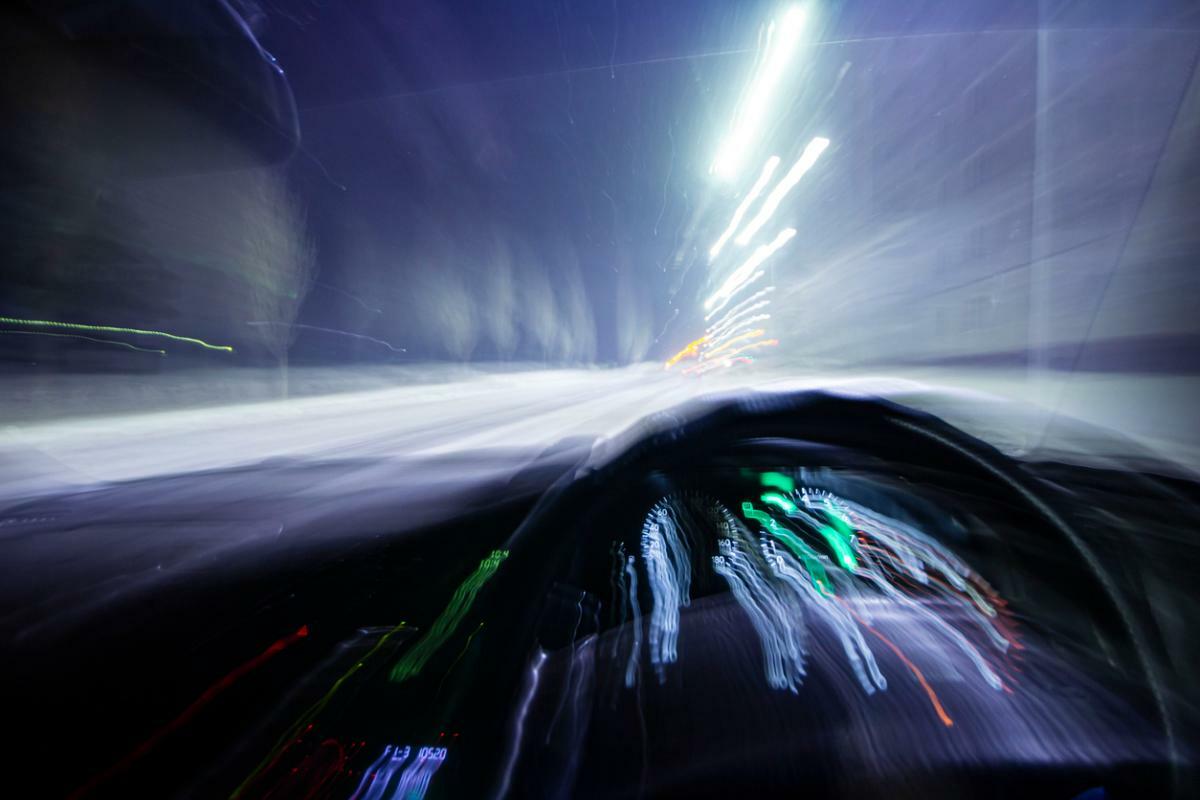 A key strategy of a reckless driving misdemeanor defense is to proactively challenge the various elements of the offense by demonstrating that the driver was not behaving with a reckless disregard for safety.
A key strategy of a reckless driving misdemeanor defense is to proactively challenge the various elements of the offense by demonstrating that the driver was not behaving with a reckless disregard for safety.
CA Vehicle Code (VC) Section 23103, Driving Offenses, states:
“A person who drives a vehicle upon a highway in willful or wanton disregard for the safety of persons or property is guilty of reckless driving.”
Effectively accomplishing this objective may necessitate a thorough cross-examination of the law enforcement officer's (LEO) testimony to establish that the accused did not act in a “willful or wanton disregard for the safety of persons or property.”
A traffic attorney with trial experience must “raise the level of reasonable doubt.” They can usually do that by showing the LEO’s testimony or viewpoint was flawed.
For instance, when the LEO testifies that he heard screeching tires and when he came around the corner, he saw the driver was speeding away. Did he actually see the vehicle driver “screech the tires” of their vehicle, or could that have been another car, and the driver is merely guilty of speeding?
There is a big difference between speeding and reckless driving.
Another frequently applied reckless driving misdemeanor defense strategy is to establish a “lack of intent” (willful or wanton) to engage in dangerous behavior.
This defense is predicated upon demonstrating that the accused individual was unaware of the potential risks associated with their actions or that their actions were not undertaken to cause harm.
Another tactic that may be employed is a “defense of necessity.”
Was there another reason for the driver to “screech” the tires and speed away? Was the driver driven by necessity to keep their family safe by driving recklessly to escape a road rage incident? Appearances are not always what they seem.
Another defense of necessity might be that the driver made what would be considered a reckless lane change without signaling to avoid a collision.
A “willful or wanton disregard for safety” is a key element that the State must prove beyond a reasonable doubt.
Not all of these defense strategies fit every situation. Therefore, when charged with reckless driving, a driver should exercise their “right to remail silent,” and make no statement to law enforcement or court officials without their attorney present.
What Are the Consequences When a Reckless Driving Misdemeanor Defense Fails
In the unlikely event, an attorney is unable to sway the judge and/or jury of your innocence, the “base fine” is a minimum of $145, up to $1000, up to six months in county jail/probation, or both a fine and jail time.
A conviction could also lead to a driver’s license suspension or revocation and vehicle impoundment. Typically, the LEO will order the vehicle impounded immediately. However, a guilty finding means the driver must pay the towing and storage fee for up to 30 days, which could be around $1,500 to $2,000 in Delano, CA, in Kern County.
Consult with Bigger & Harman to Discuss a Possible Reckless Driving Misdemeanor Defense
When you’ve been charged with a misdemeanor reckless driving charge in Delano Courthouse in Kern County, make no statement to court officials or agree to a deal before speaking to us. Contact the office of Bigger & Harman, APC, at (661) 349-9300. Se habla Español (661) 349-9755.
When they push you to make a deal before you can speak to an attorney, it might mean their case is weak.
Alternatively, use our handy online contact form or email attorney@biggerharmanlaw.com.
References:
The CA Driver Handbook English y Español.
CA VC Section 23103, Driving Offenses.
